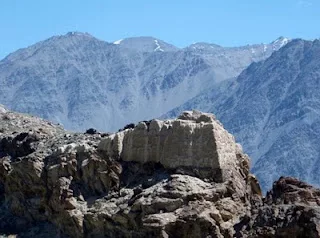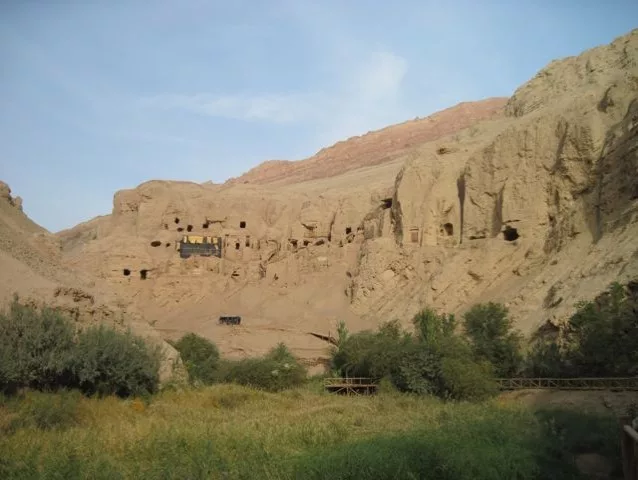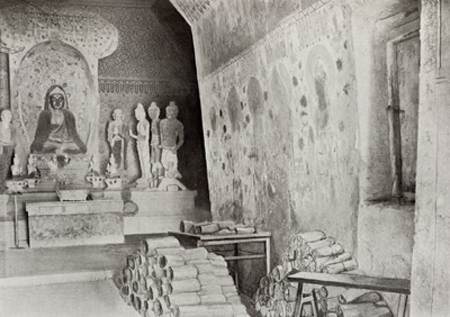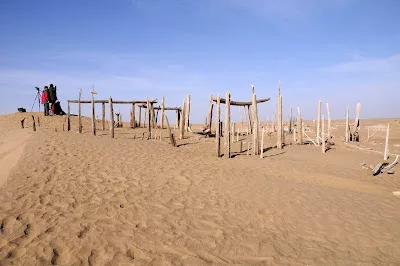Niya: ‘The Pompeii of the East’
When Aurel Stein first uncovered the vestiges of a once thriving kingdom along the Niya River deep in the Taklamakan, he described it as ‘The Pompeii of the East.’ But although the ancient Romans and the people of Cadota – the name of the Niya kingdom – shared a love of the grape, the sites are very different. Life in Pompeii was arrested by the lava. The sands of the Taklamakan, while no less invidious, invaded over time. There are cemeteries at Niya but the living community had already left before the sands seeped in.
Working in collaboration with the Xinjiang Institute of Archaeology, the IDP team has just returned from Niya and the documentary photographs and videos showing many of the sites of Niya – and the caravanserai of Karadong – will be soon start becoming available online on IDP and here.







If you have feedback or ideas about this post, contact us, sign in or register an account to leave a comment below